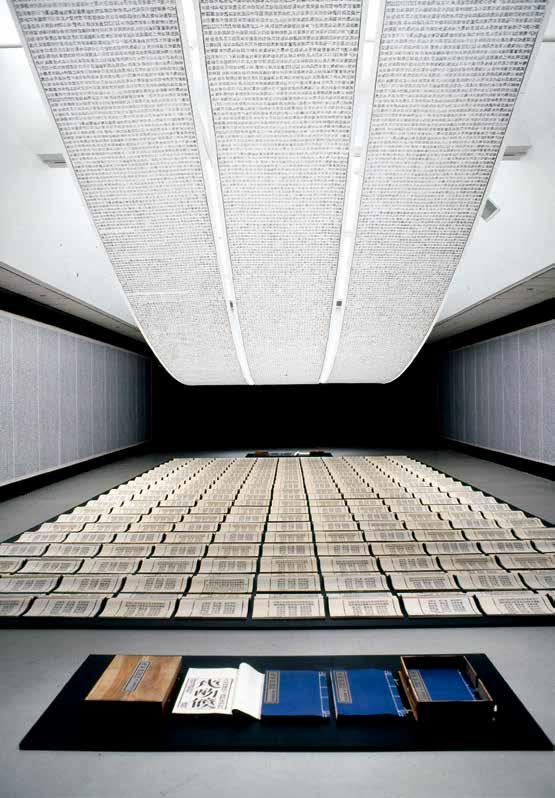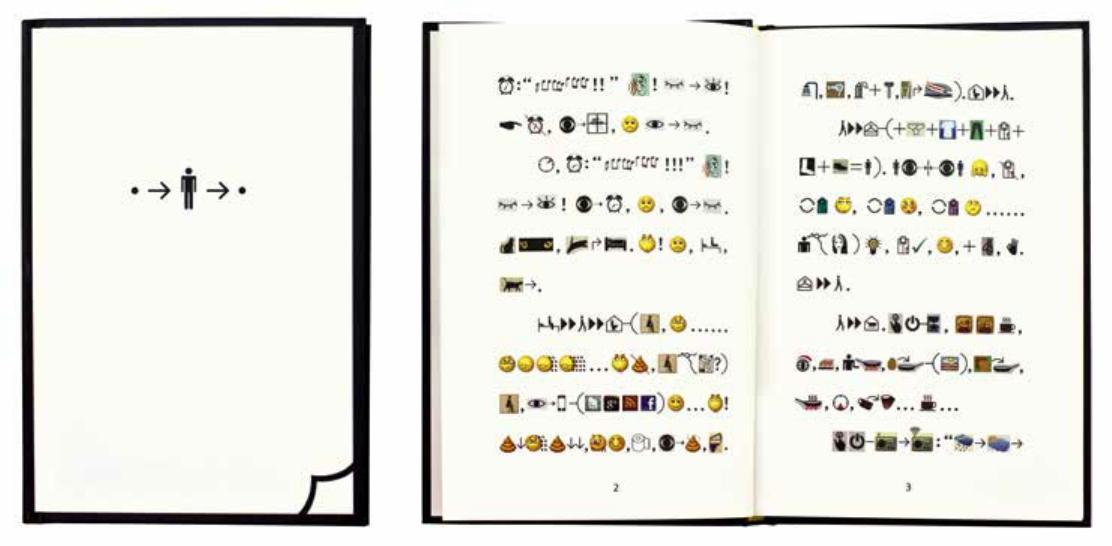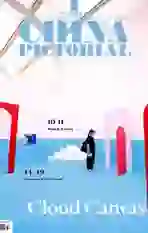On Site:Interview with Contemporary Artists
2020-08-10byQiaoZhenqi
by Qiao Zhenqi
Humans have explored the connotations of art for many years, and they have found relatively satisfying answers. However, today, the question “What is art?” no longer has a clear answer. In fact, it captures the truth that people are not quite clear about what is really happening in this era or why things have become like this.
This book compiles interviews with 27 world-class artists with a broad vision of art history, including British painter David Hockney, Japanese artist and musician Yoko Ono, Japanese photographer Daido Moriyama, Chinese artists Xu Bing, Cai Guoqiang, Zeng Fanzhi, Sui Jianguo, and Zhang Xiaogang, Colombian painter and sculptor Fernando Botero, British sculptor Antony Gormley, and others.
The book captures some of the deepest reflections on art by renowned contemporary artists to complement 120 pictures collected by art institutions, museums, and artist studios.
Author Zeng Yan joined Sanlian Life Week in 2003. After consecutively working as a cultural reporter, managing editor, and senior managing editor, Zeng now serves as deputy editor-in-chief of the magazine.
Zeng Yan: Do you have a clear answer as to what contemporary art is?
Xu Bing: Even now, I dont know. In fact, I think that the characteristics of contemporary art and its accompanying connotations are as unclear and uncertain as they have ever been. Contemporary art is like the fast-changing world. Most people do not have the preparation, experience or appropriate thinking to see the world clearly, and the same goes for art.
But we all have our own judgment. One judgment is that art supplements the deficiencies of human beings in promoting the development of civilization through rationality, logic, and critical thinking. Therefore, artists should seek to create beyond existing concepts and knowledge and produce the unprecedented.
Artists propose something through creation and inspire philosophers and critics to analyze and sort clues in the context of their work. They raise questions like “Why was it created?” and “What is the connection between the work and the real world?”
This is how a new concept is created to complement and enrich human civilization. This is my requirement for my own art, and many of my recent works such as Art for the People and The Story Behind reflect this very idea.
Zeng Yan: Do you think producing new concepts is the most important mission of art?
Xu Bing: It is important to me. However, the types and purposes of art are different. Some people paint realistic portraits, which is also purposeful and meaningful—nothing is wrong with that.
Zeng Yan: How do you think about the future of art, considering you mentioned the current art system is outdated?
Xu Bing: In this era, art has undergone unprecedented changes and evolved to a new stage. Humans have explored the connotations of art for many years, and they have found relatively satisfying answers. However, today, the question “What is art?” no longer has a clear answer. In fact, it captures the truth that people are not quite clear about what is really happening in this era or why things have become like this.
In my opinion, art is a traditional and classical system. No matter how contemporary and futuristic the creations we make, they will transform into very old expressions once they enter this system.
To put it simply, we have built a lot of “open spaces” in museums and placed so-called “art collections” from all over the world in such spaces to be exhibited, and then people from all over the world come to see them. I think this system or method itself is classical rather than futuristic. Futuristic concepts are divergent while museum spaces are limited and centralized, making it difficult to predict the future of art.
Xu Bing, born in 1955, is widely recognized as one of the leading conceptual artists of language and semiotics in contemporary China. He created a series of works fusing Chinese characters and English letters.
His most famous work, Tianshu, also known as Book from the Sky(1987-1991), earned him international acclaim in the 1980s. His works have been exhibited in many famous art institutions including the Museum of Modern Art, the Metropolitan Museum of Art, the British Museum, and the Victoria and Albert Museum, and he has participated in many important international exhibitions such as the Venice Biennale.
